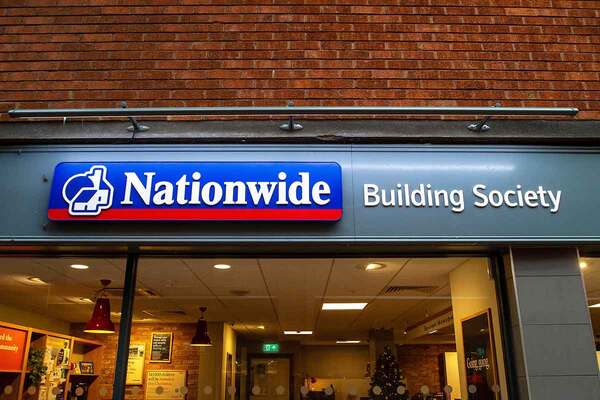Easing does it?
There’s been a real change in the way the government is talking about housing investment over the last week. Is it just talk or more than that?
Several days out of news and twitter contact have left me catching up with what seems a noticeable change in tone from the Lib Dem side of the government.
Deputy prime minister Nick Clegg kicked things off a week ago in an FT interview in which he put housing and schemes to reduce youth unemployment alongside infrastructure as potential beneficiaries of a ‘massive amplification’ of credit easing schemes.
Another report in the FT yesterday revealed that chief secretary to the Treasury Danny Alexander is looking at ways to make it cheaper for housing associations to borrow more money in the capital markets. The credit easing scheme would apparently involve allowing the Bank of England buy social housing bonds as part of its quantitative easing programme. Gavriel Hollander has some more details for Inside Housing here.
The scheme appears to be as much about forestalling a problem with bank lending (a separate report quotes a senior executive at one of the big lenders as saying that the industry as a whole is losing £500m to £1bn each year on its social housing portfolios) as about new investment but it does open up some intriguing possibilities.
First, the Treasury is expected to launch some proposals on social housing REITs soon. As Nick Duxbury revealed in IH earlier this month, a consortium of 10 housing associations is looking to list a company made up of 10,000 homes on the Alternative Investment Market in September. Whatever you think of mixing social housing and the stock market, this looks like a significant move.
Second, while the credit easing plan may not represent the sort of full-blown quantitative easing for housing that I’ve advocated in the past, it is a nod in the right direction. Until now the assumption has been that Mervyn King, the head of the Bank of England, will not countenance the use of QE outside the financial sector. However, if the Treasury instructs him to buy social housing bonds in a limited programme, the precedent is there to buy bonds for something altogether bigger.
So far, so good but is this just talk? I seem to remember hints about housing investment from Danny Alexander ahead of last year’s party conferences that came to nothing. Is it just the Lib Dems? On Saturday’s Today programme (listen about I:40 in) Conservative backbencher Damian Collins welcomed the idea of more government borrowing to build infrastructure but went out of his way to be dismissive about calls for housing investment.
And isn’t there already an example of government credit easing for housing? Under NewBuy, the government and housebuilders each offer guarantees against mortgages on new-build homes in a bid to make the market less risky for the banks and encourage them to lend. Arguments continue about whether the scheme is working but the banks are still pricing the risk with interest rates of up to 6 per cent. Not much evidence of easing there.
Today sees yet another report warning about the dire state of the housebuilding market. Let’s hope that this really is more than just talk and that the government is finally listening to the overwhelming case for investment in constructon in general and housing in particular.







